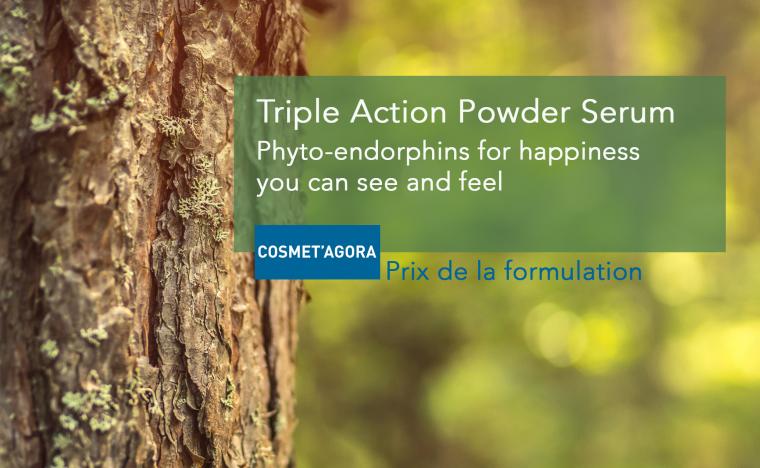SARS-CoV2 Activity in the Skin and Immune Boosting properties of CM-Glucan Forte
New findings on the biology of SARS-CoV2 infections are published almost daily. Learn more about its uptake into cells, the antiviral immunity of the skin and how you can train it with CM-Glucan Forte.
Viruses are submicroscopic infectious organic structures which exploit eukaryotic cells to amplify themselves and spread. One specific virus, namely the coronavirus family member SARS-CoV2 (severe acute respiratory syndrome coronavirus-2), has rushed the whole world off its feet for most of this year. An infection may lead to the severe respiratory disease termed COVID-19 (coronavirus disease 2019) which has caused hundreds of thousands of deaths worldwide until now. Ongoing research is focusing on the development of both vaccines and pharmaceuticals to prevent the spread of the virus and to treat the progression of this serious disease, respectively. Further, the molecular events taking place during viral infection are being studied extensively by researchers all over the world.
Very quickly after the beginning of the pandemic, it was shown that on the molecular level, SARS-CoV2 attaches to cells by docking to the angiotensin converting enzyme 2 (ACE2) using the spike protein on its surface, and thereby initiates its uptake into cells (Figure 1). Once inside, the virus uses the cell’s replication and protein production machineries to produce new viral particles. When fully assembled, these can exit the host cell and spread within the body or, for example, through sneezing or coughing, to other people.

Despite its actual function in regulating the blood pressure, ACE2, the cell surface receptor for SARS-CoV2, is not only expressed in the cells lining the blood vessels. As the respiratory disease caused by SARS-CoV2 suggests, this molecule is also present on the cells lining the nasal cavities and the lung, and therefore allows the virus to infect these cells. Quite surprisingly, ACE2 is also highly expressed in various other tissues, including the kidney, heart, gastrointestinal tract and the skin. There, it was recently published to be present on keratinocytes, particularly in the basal cell layer of the epidermis, and to be enriched around hair follicles and in cells from sweat and sebaceous glands. Further research on the skin as a potential route of entry into the body for SARS-CoV2 would thus be of big interest.
The antiviral immunity of the body is a two-phasic process. In the first, rather unspecific step, infected cells secrete so-called cytokines, a type of signaling molecules, which attract immune cells that help to fight off the infection and warn neighboring cells of the threat of a potential viral infection. The recruited immune cells help to clear infected cells and amplify the immune response. For this, specific cells, broadly termed antigen presenting cells (APCs), process the virus in order to subsequently present parts of it on their surface to activate other types of immune cells. Once the APCs have found and activated immune cells that specifically recognize the infecting virus, these start the second phase of the immune response, consisting of antibody production and targeted elimination of infected cells (Figure 2). In this way, circulating viruses can be neutralized and destroyed before infecting further cells, while cells already infected with the virus can be cleared. These mechanisms occur in most tissues of the body, and are particularly important in the skin, which is our first line of defense against all kinds of infections as it is in constant contact with the outside world.

Therefore, boosting the antiviral immunity of the skin might be a beneficial strategy, particularly in these times of increased need for protection. This might for example be achieved by topical application of CM-Glucan Forte, the water-soluble version of β-glucan combined with magnesium. It was shown that β-glucan induces trained immunity, a process which prepares immune cells for an infection by setting them in an alert state and therefore allows them to react faster and stronger when encountering a pathogen. In addition, we have shown that CM-Glucan Forte balances the skin’s immune response. Ideally, the activation of a specific type of cells termed T helper (Th) cells by APC initiates the differentiation to both Th1 and Th2 cells that in turn activate a cellular and antibody-mediated immune response, respectively. However, especially in atopic dermatitis, the normally balanced ratio is shifted towards a Th2 response resulting in the production of immunoglobulin E (IgE) antibodies that induce the degranulation of mast cells. This causes the typical symptoms of allergies such as itching and inflammations. In this setting, CM-Glucan Forte acts as a “personal trainer” for the skin and helps it to regain its natural Th1/Th2 balance. It suppresses the allergy related Th2 response and reduces the expression of IgE antibodies which mediate hypersensitivity reactions. By re-directing the immune response to a Th1-mediated reaction, the skin can be additionally supported to react towards viral infections (Figure 2). Therefore, CM-Glucan Forte offers not only relief for already stressed skin, but it additionally supports the skin by preparing it to react towards infections with pathogens such as viruses or bacteria.








